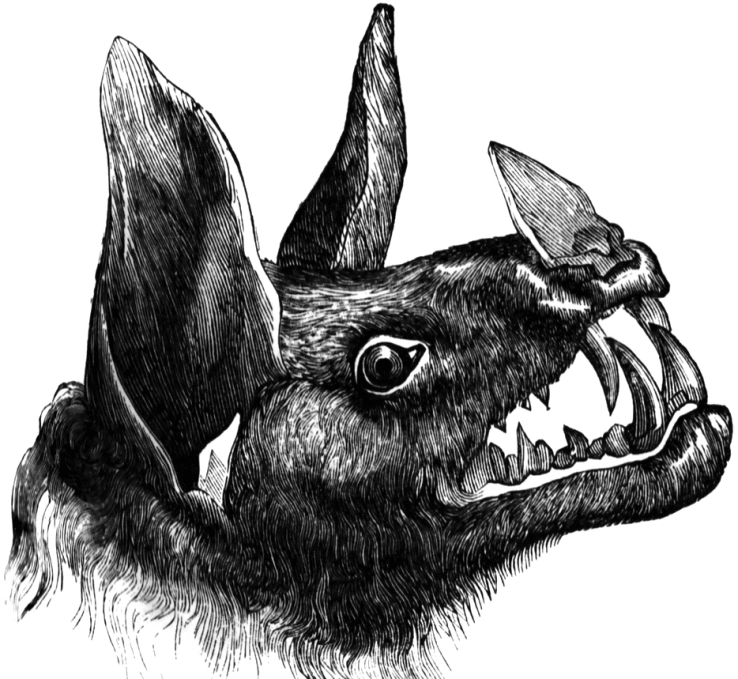
The association of large bats with vampires stemmed from Linnaeus’ original namings, and so, in ‘Dracula’, Quincey, the American, remarks:
‘I have not seen anything pulled down so quick since I was on the Pampas and had a mare that I was fond of go to grass all in a night. One of those big bats that they call vampires had got at her in the night, and what with his gorge and the vein left open, there wasn’t enough blood in her to let her stand up, and I had to put a bullet through her as she lay.’
The spectral bat (Vampyrum spectrum) is a large, carnivorous leaf-nosed bat found in Mexico, Central America and South America. It has a robust skull and teeth, with which it delivers a powerful bite to kill its prey, likely to be birds, rodents and insects.
In Trinidad, these bats are sometimes thought to be ghosts.

